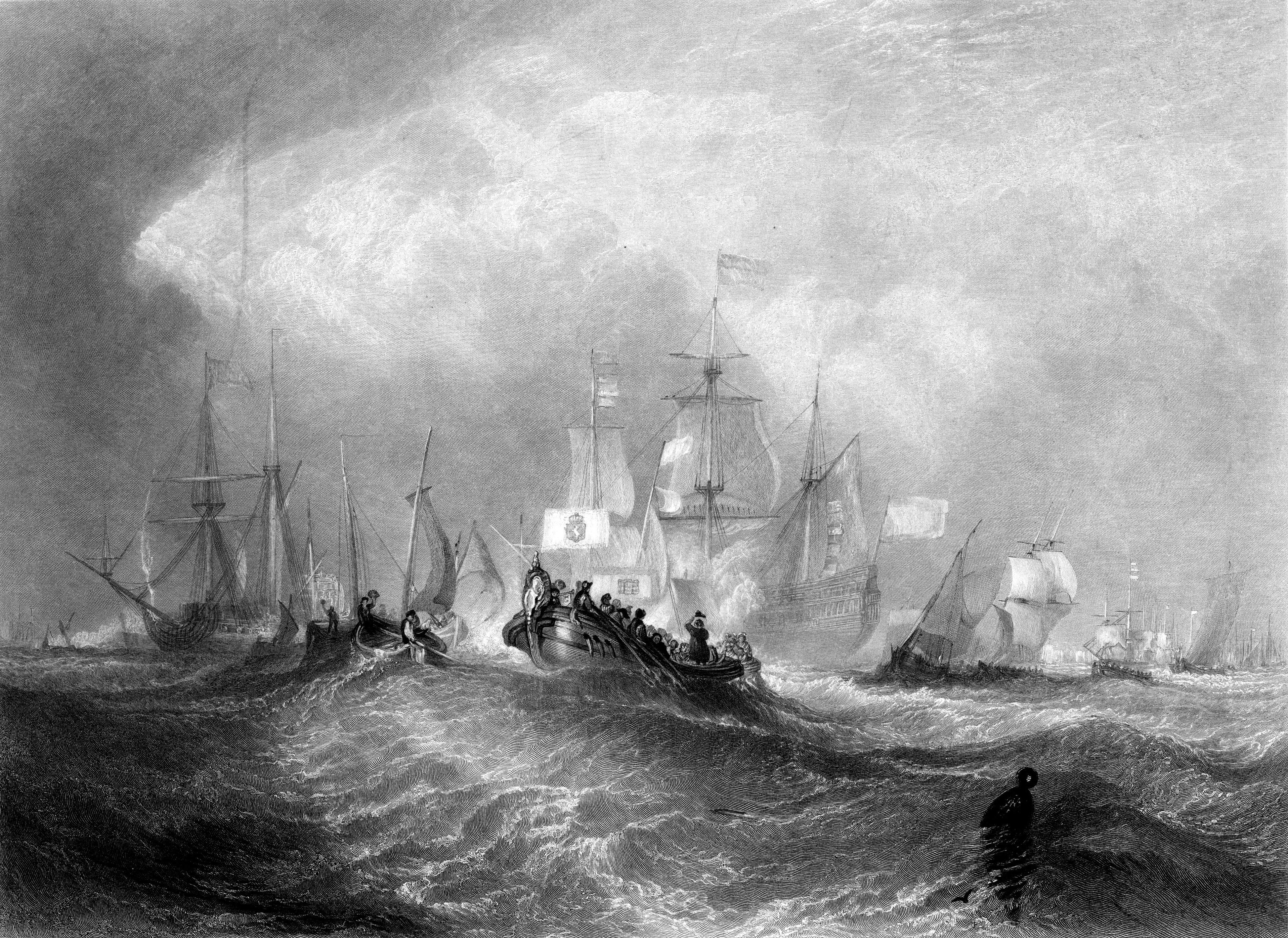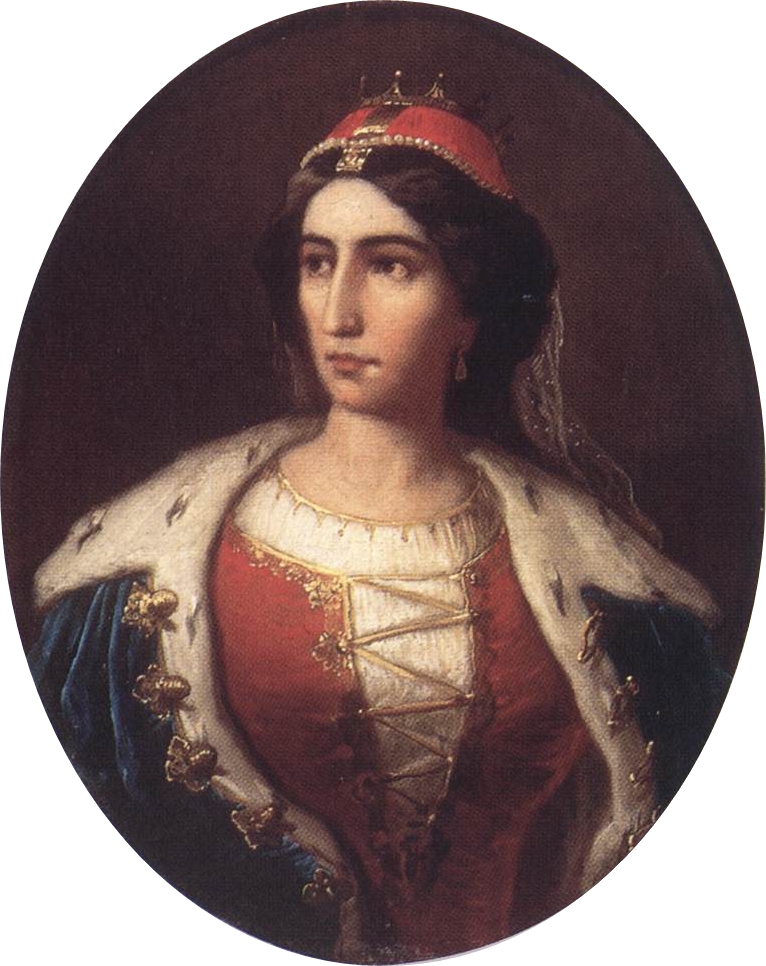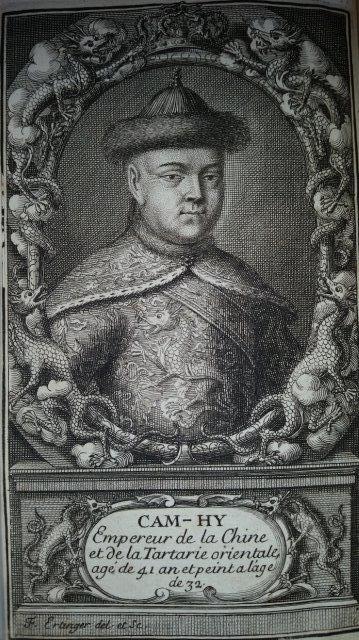|
1688 Deaths
Events January–March * January 2 – Fleeing from the Spanish Navy, French pirate Raveneau de Lussan and his 70 men arrive on the west coast of Nicaragua, sink their boats, and make a difficult 10 day march to the city of Ocotal. * January 5 – Pirates Charles Swan and William Dampier and the crew of the privateer ''Cygnet'' become the first Englishmen to set foot on the continent of Australia. * January 11 – The Patta Fort and the Avandha Fort, located in what is now India's Maharashtra state near Ahmednagar, are captured from the Maratha clan by Mughul Army commander Matabar Khan. The Mughal Empire rules the area 73 years. * January 17 – Ilona Zrínyi, who has defended the Palanok Castle in Hungary from Austrian Imperial forces since 1685, is forced to surrender to General Antonio Caraffa. * January 29 – Madame Jeanne Guyon, French mystic, is arrested in France and imprisoned for seven months. * January 30 (January 20, 1687 old s ... [...More Info...] [...Related Items...] OR: [Wikipedia] [Google] [Baidu] |
Prince Of Orange Engraving By William Miller After Turner R739
A prince is a Monarch, male ruler (ranked below a king, grand prince, and grand duke) or a male member of a monarch's or former monarch's family. ''Prince'' is also a title of nobility (often highest), often hereditary title, hereditary, in some European State (polity), states. The female equivalent is a princess. The English language, English word derives, via the French language, French word ''prince'', from the Latin noun , from (first) and (head), meaning "the first, foremost, the chief, most distinguished, noble monarch, ruler, prince". In a related sense, now not commonly used, all more or less sovereign rulers over a state, including kings, were "princes" in the language of international politics. They normally had another title, for example king or duke. Many of these were Princes of the Holy Roman Empire. Historical background The Latin word (older Latin *prīsmo-kaps, ), became the usual title of the informal leader of the Roman senate some centuries before the tra ... [...More Info...] [...Related Items...] OR: [Wikipedia] [Google] [Baidu] |
Palanok Castle
The Palanok Castle or Mukachevo Castle (; or ; ) is a historic castle in the city of Mukacheve in the western Ukrainian oblast An oblast ( or ) is a type of administrative division in Bulgaria and several post-Soviet states, including Belarus, Russia and Ukraine. Historically, it was used in the Russian Empire and the Soviet Union. The term ''oblast'' is often translated i ... (Administrative divisions of Ukraine, province) of Zakarpattia Oblast, Zakarpattia. The Palanok Castle is delicately preserved,myukraine.info — Mukachevsky "Palanok" Castle and is located on a former volcano, volcanic hill. The castle complex consists of three parts: the high, middle, and low castle. [...More Info...] [...Related Items...] OR: [Wikipedia] [Google] [Baidu] |
Guy Tachard
Guy Tachard (; 1651 – 1712), also known as Père Tachard, was a French Jesuit missionary and mathematician of the 17th century, who was sent on two occasions to the Kingdom of Siam by Louis XIV. He was born in Marthon, near Angoulême. In 1680, Tachard went to the Caribbean (Antilles) with Jean II d'Estrées. Tachard was involved in embassies to Siam, which came as responses to embassies sent by the Siamese King Narai to France in order to obtain an alliance against the Dutch. First embassy to Siam (1685) Tachard was sent in 1685 with five other Jesuits under Superior Jean de Fontaney, on a first French embassy to Siam led by Chevalier de Chaumont and François-Timoléon de Choisy, and accompanied by Claude de Forbin. The objective of the Jesuits was to complete a scientific expedition to the Indies and China. Enticed by the Greek Constantine Phaulkon, he returned to France to suggest an alliance with the king of Siam Narai to Louis XIV. The five other Jesuits Fathe ... [...More Info...] [...Related Items...] OR: [Wikipedia] [Google] [Baidu] |
Louis-Daniel Lecomte
Louis le Comte (1655–1728), also Louis-Daniel Lecomte, was a French Jesuit and mathematician who participated in the 1687 French Jesuit mission to China under Jean de Fontaney. He arrived in China on 7 February 1688. He returned to France in 1691 as Procurator of the Jesuits. His ''Nouveau mémoire sur l'état présent de la Chine'', which was published in Paris in 1696, caused great debate within the Chinese Rites Controversy. By 1696, he had been appointed Mathematician to the King of France. See also *Jesuit China missions The history of the missions of the Jesuits in China is part of the history of Foreign relations of China, relations between China and the Western world. The missionary efforts and other work of the Society of Jesus, or Jesuits, between the 16th a ... Notes References *N. Standaert ''The interweaving of rituals: funerals in the cultural exchange between China and Europe'', University of Washington Press, 2008, , * Xiping Zhang, Deshu Ding, Jinping ... [...More Info...] [...Related Items...] OR: [Wikipedia] [Google] [Baidu] |
Jean-François Gerbillon
Jean-François Gerbillon (4 June 1654, Verdun, France – 27 March 1707, Peking, China) was a French Catholic missionary who worked in China. Biography Gerbillon entered the Society of Jesus on 5 October 1670, and after completing the usual course of study, taught grammar and humanities for seven years. In 1685, he was among the Jesuits chosen to found the French mission in China. For the first leg of the trip, he was attached to the embassy of the Chevalier de Chaumont to Siam, and was accompanied by a group of Jesuit mathematicians ( Jean de Fontaney (1643–1710), Joachim Bouvet (1656–1730), Louis Le Comte (1655–1728), Guy Tachard (1648–1712) and Claude de Visdelou (1656–1737)). Tachard remained in Siam beside King Narai, but the others reached China in 1687. Upon their arrival in Beijing, they were received by the Kangxi Emperor, who was interested in their scientific knowledge and retained Gerbillion and Joachim Bouvet at the court. As soon as they had learne ... [...More Info...] [...Related Items...] OR: [Wikipedia] [Google] [Baidu] |
Joachim Bouvet
Joachim Bouvet (, courtesy name: 明远) (July 18, 1656, in Le Mans – June 28, 1730, in Peking) was a French Jesuit who worked in China, and the leading member of the Figurist movement. China Bouvet was born in Le Mans, France; he entered the Society of Jesus in 1673. He went to China in 1687, as one of six Jesuits, the first group of French missionaries to China, sent by Louis XIV of France, under Superior Jean de Fontaney. Before setting out for their destination, he and his associates were admitted to the French Académie des Sciences and were commissioned by that learned body to carry on astronomical observations, to determine the geographical positions of the various places they were to visit, and to collect various scientific data.Brock, Henry. "Joachim Bouvet." The Catholic Encyclopedia Vol. ... [...More Info...] [...Related Items...] OR: [Wikipedia] [Google] [Baidu] |
February 7
Events Pre-1600 * 457 – Leo I becomes the Eastern Roman emperor. * 987 – Bardas Phokas the Younger and Bardas Skleros, Byzantine generals of the military elite, begin a wide-scale rebellion against Emperor Basil II. * 1301 – Edward of Caernarvon (later King Edward II of England) becomes the first English Prince of Wales. * 1313 – King Thihathu founds the Pinya Kingdom as the de jure successor state of the Pagan Kingdom. * 1365 – Albert III of Mecklenburg (King Albert of Sweden) grants city rights to Ulvila (). * 1497 – In Florence, Italy, supporters of Girolamo Savonarola burn cosmetics, art, and books, in a " Bonfire of the vanities". 1601–1900 * 1756 – Guaraní War: The leader of the Guaraní rebels, Sepé Tiaraju, is killed in a skirmish with Spanish and Portuguese troops. * 1783 – American Revolutionary War: French and Spanish forces lift the Great Siege of Gibraltar. * 1795 – The 11th Amendment ... [...More Info...] [...Related Items...] OR: [Wikipedia] [Google] [Baidu] |
Robert Holmes (Royal Navy Officer)
Admiral Sir Robert Holmes ( – 18 November 1692) was an English Royal Navy officer. He participated in the second and third Anglo-Dutch Wars, both of which he is, by some, credited with having started. He was made Governor of the Isle of Wight, where he is buried in Yarmouth Parish Church. Holmes is chiefly remembered for his exploits on the cruise to Guinea in 1664 on the behalf of the Royal African Company, and carrying out Holmes's Bonfire of 1666. He is regarded as an archetypal figure both of the quarrelsome restoration officer and of the coming into being of the British professional naval officer. The Interregnum Military beginnings Born in or about 1622 the son of Henry Holmes, Esq. of Mallow, County Cork, Ireland, nothing is known of Holmes' early life, although his flawless command of written language and his elegant handwriting suggest a good education. He is in all probability the grandchild of the Robert Holmes named provost of Mallow in 1612. He first appea ... [...More Info...] [...Related Items...] OR: [Wikipedia] [Google] [Baidu] |
Acts Of Grace (piracy)
Acts of grace, in the context of piracy, were state proclamations offering pardons (often royal pardons) for acts of piracy. General pardons for piracy were offered on numerous occasions and by multiple states, for instance by the Kingdom of England and its successor, the Kingdom of Great Britain, in the 17th and 18th centuries. Great Britain Pardons under Elizabeth I Mary Wolverston was pardoned by Elizabeth I. Thomas Brooke was pardoned for piracy following the intercession of his sister-in-law (his brother being Baron Cobham) and his brother-in-law the Earl of Salisbury. Pardons under James I With the end of the first Anglo-Spanish war under James I, and the corresponding end to English privateering in 1603, English sailors resorted to piracy. In 1611, Captain Richard Bishop became one of the first notable pirates to be pardoned, having surrendered partly due to qualms about attacking English ships. He was allowed to keep his plunder. Having retired in the pirate haven ... [...More Info...] [...Related Items...] OR: [Wikipedia] [Google] [Baidu] |
James II Of England
James II and VII (14 October 1633 – 16 September 1701) was King of England and Monarchy of Ireland, Ireland as James II and King of Scotland as James VII from the death of his elder brother, Charles II of England, Charles II, on 6 February 1685, until he was deposed in the 1688 Glorious Revolution. The last Catholic monarch of Kingdom of England, England, Kingdom of Scotland, Scotland, and Kingdom of Ireland, Ireland, his reign is now remembered primarily for conflicts over religion. However, it also involved struggles over the principles of Absolute monarchy, absolutism and divine right of kings, with his deposition ending a century of political and civil strife by confirming the primacy of the English Parliament over the Crown. James was the second surviving son of Charles I of England and Henrietta Maria of France, and was created Duke of York at birth. He succeeded to the throne aged 51 with widespread support. The general public were reluctant to undermine the principle ... [...More Info...] [...Related Items...] OR: [Wikipedia] [Google] [Baidu] |
January 30
Events Pre-1600 * 1018 – Poland and the Holy Roman Empire conclude the Peace of Bautzen. * 1287 – King Wareru founds the Hanthawaddy Kingdom, and proclaims independence from the Pagan Kingdom. 1601–1900 * 1607 – An estimated 200 square miles (51,800 ha) along the coasts of the Bristol Channel and Severn Estuary in England are destroyed by massive flooding, resulting in an estimated 2,000 deaths. * 1648 – Eighty Years' War: The Treaty of Münster and Osnabrück is signed, ending the conflict between the Netherlands and Spain. * 1649 – Charles I of England is executed in Whitehall, London. * 1661 – Oliver Cromwell, Lord Protector of the Commonwealth of England, is ritually executed more than two years after his death, on the 12th anniversary of the execution of the monarch he himself deposed. * 1667 – The Truce of Andrusovo is signed, ending the Russian-Polish War of 1654-1667 * 1789 – Tây Sơn forces emerge v ... [...More Info...] [...Related Items...] OR: [Wikipedia] [Google] [Baidu] |
Jeanne Guyon
Jeanne-Marie Bouvier de La Motte Guyon (commonly known as Madame Guyon, ; 13 April 1648 – 9 June 1717) was a French Christian accused of advocating Quietism, which was considered heretical by the Roman Catholic Church. Madame Guyon was imprisoned from 1695 to 1703 after publishing the book ''A Short and Very Easy Method of Prayer''. Personal life Guyon was the daughter of ''Claude Bouvier'', a procurator of the tribunal of Montargis, 110 kilometers south of Paris and 70 kilometers east of Orléans. She was sickly in her childhood, and her education was neglected. Her childhood was spent between the convent, and the home of her affluent parents, moving nine times in ten years. Guyon's parents were very religious, thus they gave her an especially pious upbringing. Other important impressions from her youth came from reading the works of St. Francis de Sales, and being educated by nuns. Prior to her marriage, she had wanted to become a nun, but this desire did not last long.< ... [...More Info...] [...Related Items...] OR: [Wikipedia] [Google] [Baidu] |





